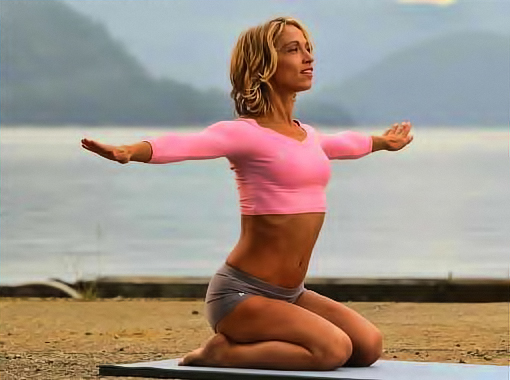Do you want to become a yoga instructor in Vancouver?
Are you sure that’s your path? Sharing the benefits of yoga with your community is a wonderful goal. But before you invest in an expensive teaching training program, it pays to consider a few things.
1. Yoga is more than asanas. Many practitioners have a devoted asana practice but neglect the holistic view of what yoga encompasses. There are actually eight limbs to yoga, and flowing through downward dog and triangle pose is just one little aspect.
1. Yama: universal morality
2. Niyama: personal observances
3. Asanas: body postures
4. Pranayama: breathing exercises and control of prana, life force energy
5. Pratyahara: control of the senses
6. Dharana: concentration and cultivating inner perceptual awareness
7. Dhyana: devotion, meditation on the Divine
8. Samadhi: union with the Divine
Still on board? Keep reading!
2. Your mission is to shed light, not to master. The best teachers live their yoga practices on and off the mat. Are you in the right head space to take on teacher training? Applying the eight limbs of yoga to your life is an essential step toward instructing others. Students will see right through fake “yoga bliss” or personal motives. No one wants to spot their seemingly enlightened teacher making rude comments on the street or pulling into the nearest pro-GMO fast food joint. No one is perfect; it’s all about balance. However, our true selves will shine through to our students, and that is what they will mirror. Make sure your feet are on the ground before you teach others your habits. As an instructor, it is your responsibility to put your best self forward.
3. Specialize your education. There are so many different types of yoga out there, from Bhakti to Kundalini to Power Flow. Try different styles so you don’t waste money on a training that doesn’t suit you. You just might surprise yourself by taking a new class and learning that you’re into that whole breath-of-fire thing. Once you find a yoga that clicks, you’ll be able to hone in on a school that’s right for you. Some schools are more demanding than others, and you get out what you put in. When choosing a training, look into the reading list, check out the books, investigate guest teachers and learn about the certification requirements. Would you prefer to learn over a long period or spend an intensive couple of weeks? You know your lifestyle and what would work best for you.
4. Find the right teacher. Practice with many instructors until you find one who resonates with you. Understand what you are getting yourself into. In your enthusiasm to get certified, you don’t want to end up with a loony teacher or in a creepy yoga cult. Unfortunately, a lot of teacher trainings are about money and not authenticity. Take your time and follow your heart. The right teacher will come to you.
5. Remember the 20/80 rule. Most teacher trainings will take your money no matter who you are. Anyone who pays can get a certification, but not everyone will become a successful instructor. To be a success, you need 20 percent facts—earning a yoga teacher certification—and 80 percent business savvy. One of the biggest obstacles for yoga instructors is consistent attendance. Have you thought about how you would market your classes? Are you tech savvy? Do you know how to make a website, flyers and posters? How will you get students to your class? And how will you keep them coming back?
6. Consider your finances. Pay attention to the economic reality of being a yoga instructor. You will be making an initial investment upwards of $3,000 for your teacher training. If you opt to teach at someone else’s studio, make sure you understand its payment process. Some studios pay a flat rate per class, some pay per student and some are donation based. Does the studio advertise? Does it offer health insurance? Opening your own studio is a huge investment that could take years to recoup.
7. Find your own style. The Bhagavad Gita, an ancient Indian yoga text, states that it is better to live your own destiny imperfectly than to live an imitation of somebody else’s life with perfection. To keep students coming back, you need to be you! Have something special that sets you apart. Think about your favorite instructor. Why do you like her? What qualities make you consistently return to her? Like an artist in training who learns to reproduce exact replications of Van Gogh’s Starry Night, beginning yoga instructors can copy a master instructor they admire. However, there comes a point when you will need to tap into your own creative consciousness and bring forth your own style in your teaching.
8. Get support! Still think being a yoga instructor is your path? Bring family and friends along for the ride. This journey can become overwhelming, and you don’t want to lose sight of who you really are. Consider other instructors not as competitors but as allies you can learn from. Yoga is all about union—not about whether you own a pair of mala beads, have the hottest yoga gear or have mastered bhakasana. Once you obtain your certification, you are just as much a student as you are a teacher. Make friends in your training and have fun!
Becoming a yoga instructor is a rewarding journey and not for everyone.
No matter your age, location, finances, gender or background, listen to your heart. It will tell you if this is your true calling.
VANCOUVER YOGA TEACHER TRAINING in VANCOUVER BC.

